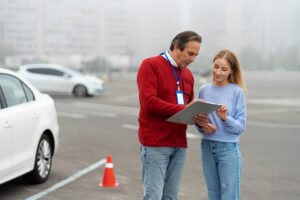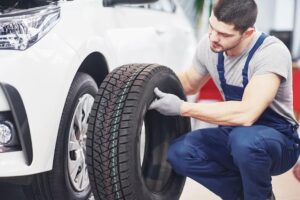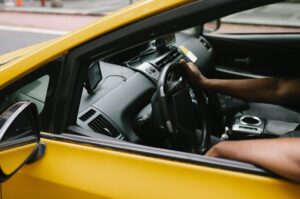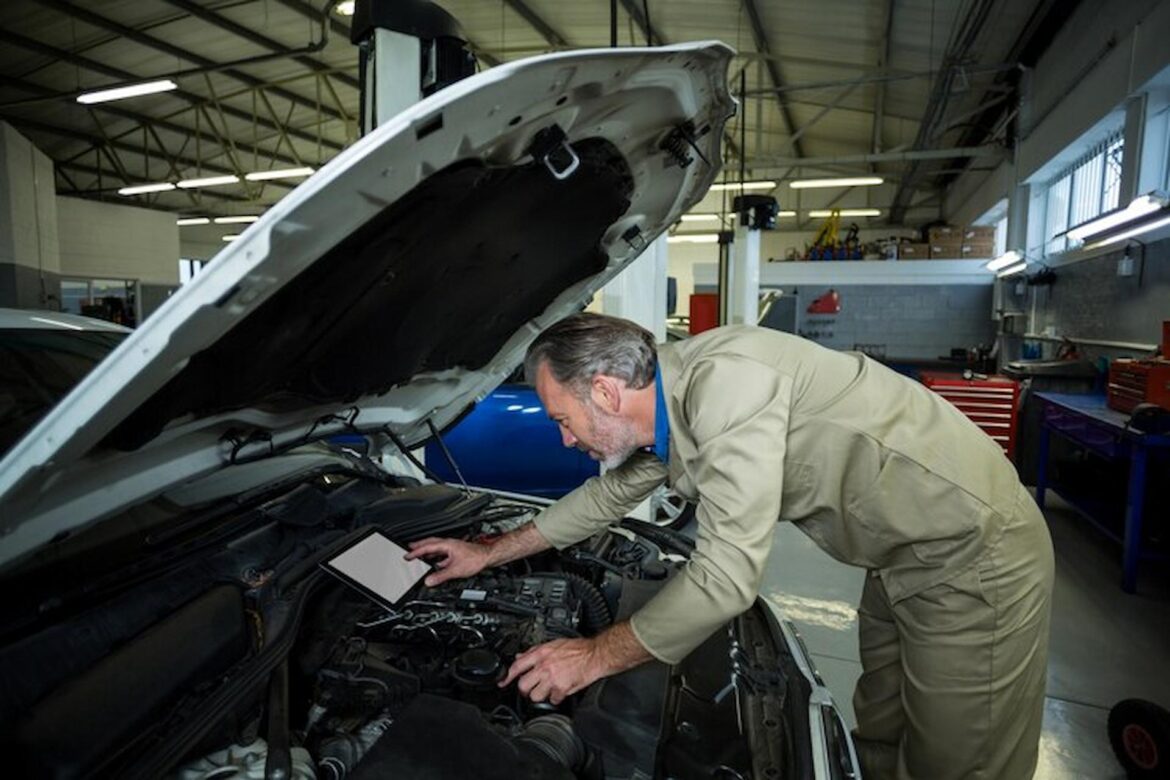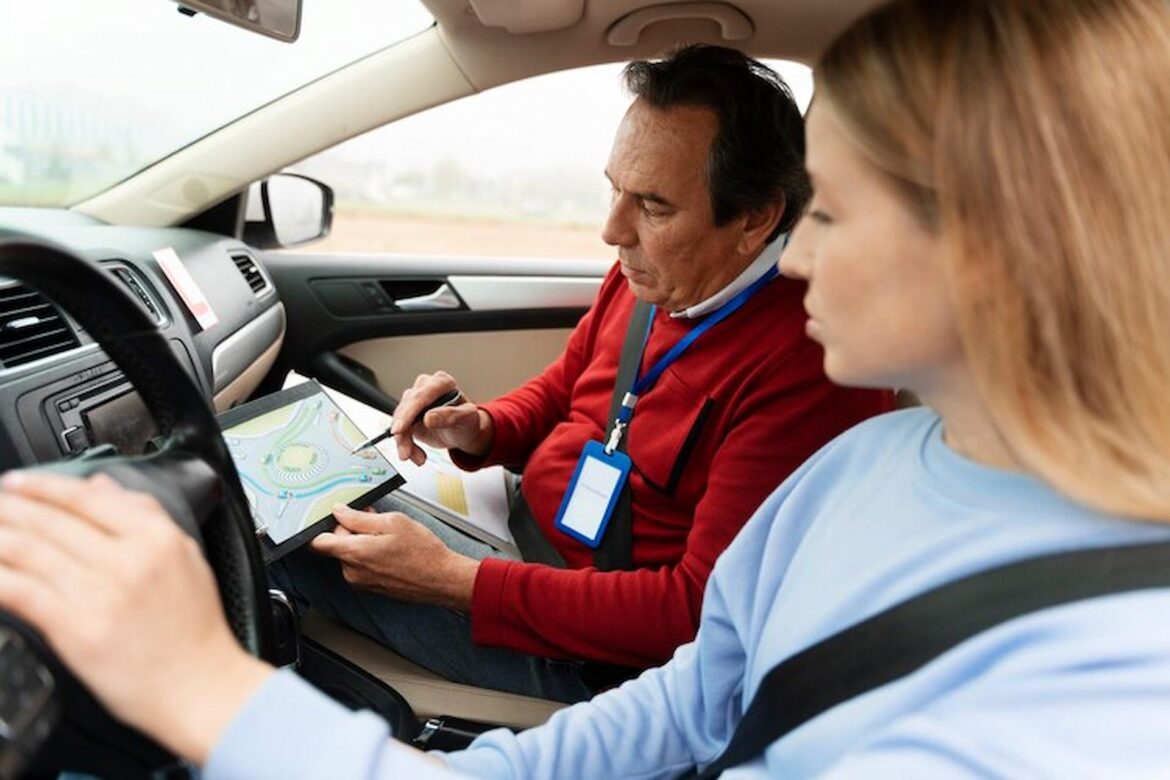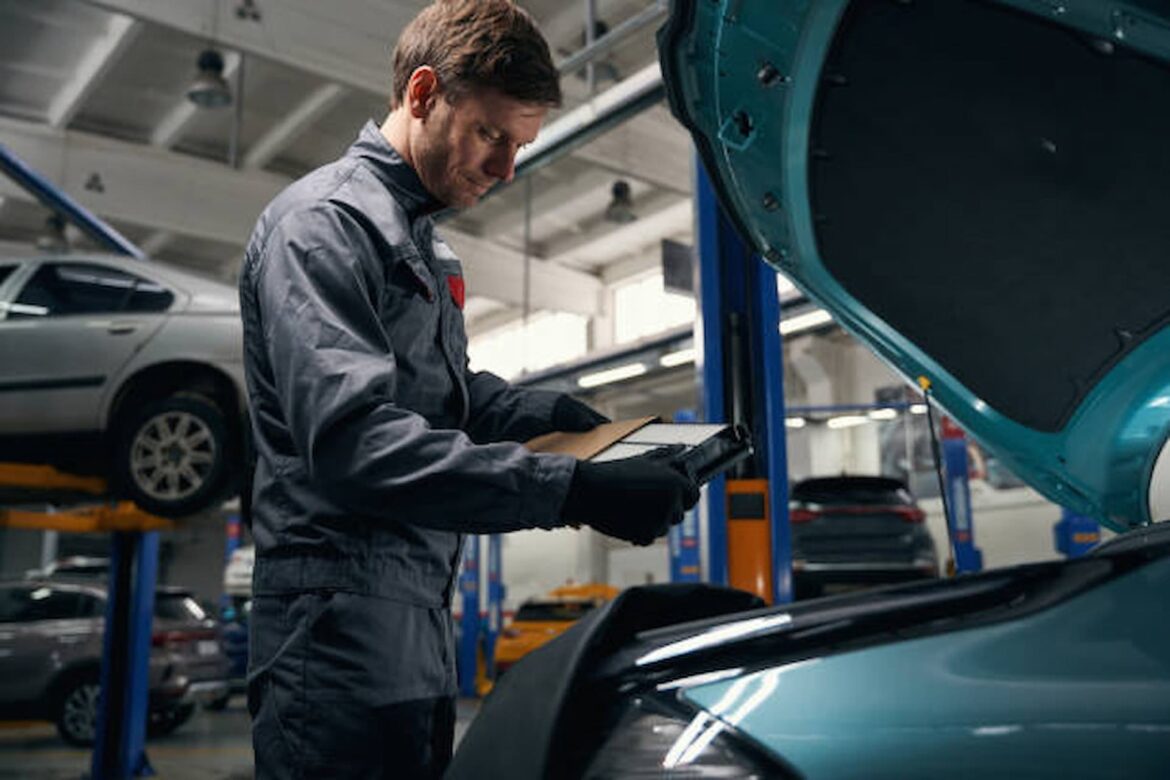There is no feeling quite as liberating as the first time behind the wheel of a learner car. However, for some new learner drivers, that freeing feeling is countered with nerves and apprehension as they consider the responsibility that they have for others’ safety on the roads.
Driving lessons are specially designed to teach you the ins and outs of driving, navigating different situations on the road, and ensuring optimum safety at all times. Your driving instructor will move at a pace which suits you, pushing you to learn and experience new situations on the road while always ensuring the safety of you and others with access to their own rearview mirror and brake pedal on the passenger side of the car.
With that said, how can new learners prepare for that first driving lesson, and is there anything that the instructors at our driving school in Essex recommend in helping make that first lesson as smooth and enjoyable as possible? Keep reading for advice direct from the Nayland team of driving instructors.
Familiarise Yourself With Road Signs
If you are booking your first driving lesson, then you will probably already be familiar with the concept of the theory test and the fact that as part of your driving test, you need to complete a theory section in advance of the practical exam.
The theory test will challenge your knowledge of road signs and other theoretical and safety aspects of driving – knowledge which is also crucial when learning to drive and when out and about on the roads. Getting to know what road signs and symbols mean in advance of your first lesson will give you a head start and ensure that you feel confident with some aspects of the process.
Familiarise Yourself With The Layout Of A Vehicle
When you book your driving lessons, you will be learning how to drive in the car used by your instructor – meaning that you won’t necessarily have a choice or say in which vehicle you learn in.
However, there are certain aspects of a vehicle’s layout that you can look at and familiarise yourself with in advance – including what the three pedals on the driver’s side are and what they all do. Learning more about concepts like the biting point between your clutch and accelerator, and how and when to use the brake pedal and handbrake can all help to ensure your first lesson goes smoothly.
Other Must-Haves Before Your First Driving Lesson
Aside from the aforementioned tips, it is also important that you have a valid provisional licence before you book and attend your first driving lesson, and that you can read a number plate from 20.5 metres away to check your visual awareness and sight.
In addition, make sure that you are well-rested before your first driving lesson, and be kind to yourself as you go through the motions of learning to drive. This process is very much a marathon and not a sprint, with everyone learning at different speeds and with their challenges and stumbling points.
For more information and to book your first driving lesson, get in touch with Nayland Driving School today.

